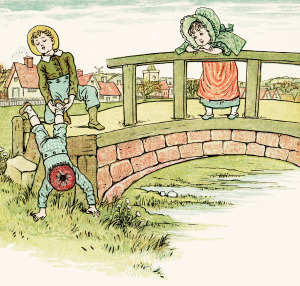45 Gender
mediatexthack
When we talk about gender, we usually refer mistakenly to the biological sex of the person. However, gender refers to socio-cultural constructs that lead us to think of men and women in a particular way. Gender not only defines people by their biological sex, but it consequently influences our behaviour regarding what is expected of us. Judith Butler, in particular, placed emphasis on gender as a social construction of behaviours determined by culture rather than by biological differences between sexes. As a man or woman, a person is often expected to behave in a certain way and is ‘naturally’ attributed certain characteristics. Instead of being ‘natural’, gender is, on the contrary constructed, produced and reproduced within society and culture. When we refer to ‘gender issues’ we usually refer to issues that differ according to the gender of the person. The majority of these characteristics are arbitrarily attributed to people according to their sex . For example, the idea that little girls like pink and want to be princesses and little boys like blue and want to be war heroes. This idea is promulgated across media, such as children’s books, and impacts on people’s later view of themselves.

Under the Window, by Kate Greenaway, p.30.
In the image here, boys are portrayed as active and adventurous while the girl appears as a passive and admiring observer. Women have stereotypically been placed in an inferior hierarchical position than men. Media of all sorts, such as films, magazines, news, advertisements, speeches and books, like the one above, produce and transmit ideas about gender which impact on our own view of men and women and ultimately lead to discrimination and hierarchies.
Masculinity and femininity are defined in opposition to each other. This DB ad makes use of ‘cheesy’ music and images to, supposedly, appeal to their idea of a ‘feminine sensibility.’ Not only does it sell the idea that the only interest in women’s lives is men, it also repeatedly confines women into domesticity and emotions. In an intertextual image referring to American Beauty, the beer replaces the woman in the film, in order to indicate that men here are not dreaming about women but about beer. For that matter, it reproduces the traditional association between men and beer and conveys a preconception of masculinity as partying, fun and uninterested in commitment, while women are supposed to aspire to it!
Discussion:
- What typical attributes of male and female gender roles on TV can you think of? How do the differ in context, i.e. on the job, in the family, at different ages?
- Compare TV programmes and ads. Do roles and stereotypes differ?
- Do they differ according to genres?
Reference:
Butler, Judith P. (1990) Gender trouble: feminism and the subversion of identity. New York: Routledge.
